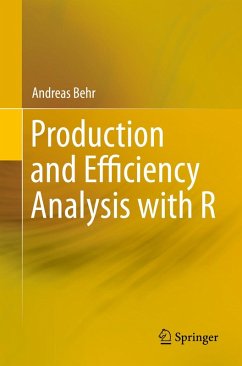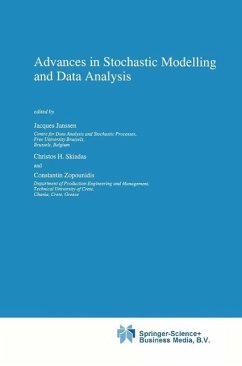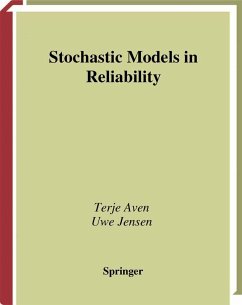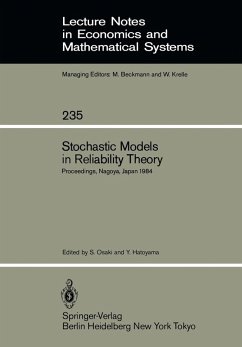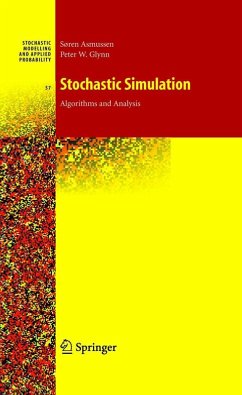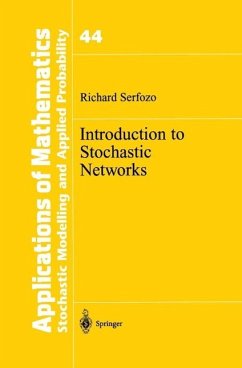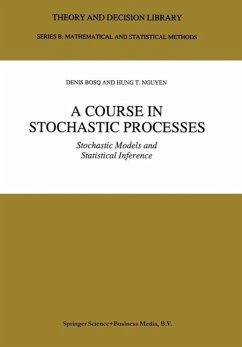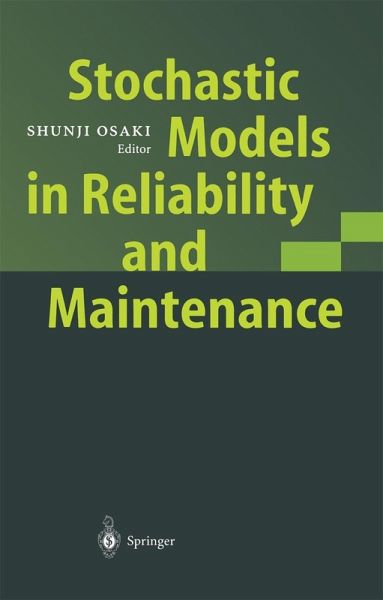
Stochastic Models in Reliability and Maintenance (eBook, PDF)

PAYBACK Punkte
36 °P sammeln!
Our daily lives can be maintained by the high-technology systems. Computer systems are typical examples of such systems. We can enjoy our modern lives by using many computer systems. Much more importantly, we have to maintain such systems without failure, but cannot predict when such systems will fail and how to fix such systems without delay. A stochastic process is a set of outcomes of a random experiment indexed by time, and is one of the key tools needed to analyze the future behavior quantitatively. Reliability and maintainability technologies are of great interest and importance to the m...
Our daily lives can be maintained by the high-technology systems. Computer systems are typical examples of such systems. We can enjoy our modern lives by using many computer systems. Much more importantly, we have to maintain such systems without failure, but cannot predict when such systems will fail and how to fix such systems without delay. A stochastic process is a set of outcomes of a random experiment indexed by time, and is one of the key tools needed to analyze the future behavior quantitatively. Reliability and maintainability technologies are of great interest and importance to the maintenance of such systems. Many mathematical models have been and will be proposed to describe reliability and maintainability systems by using the stochastic processes. The theme of this book is "Stochastic Models in Reliability and Main tainability. " This book consists of 12 chapters on the theme above from the different viewpoints of stochastic modeling. Chapter 1 is devoted to "Renewal Processes," under which classical renewal theory is surveyed and computa tional methods are described. Chapter 2 discusses "Stochastic Orders," and in it some definitions and concepts on stochastic orders are described and ag ing properties can be characterized by stochastic orders. Chapter 3 is devoted to "Classical Maintenance Models," under which the so-called age, block and other replacement models are surveyed. Chapter 4 discusses "Modeling Plant Maintenance," describing how maintenance practice can be carried out for plant maintenance.
Dieser Download kann aus rechtlichen Gründen nur mit Rechnungsadresse in A, B, BG, CY, CZ, D, DK, EW, E, FIN, F, GR, HR, H, IRL, I, LT, L, LR, M, NL, PL, P, R, S, SLO, SK ausgeliefert werden.



